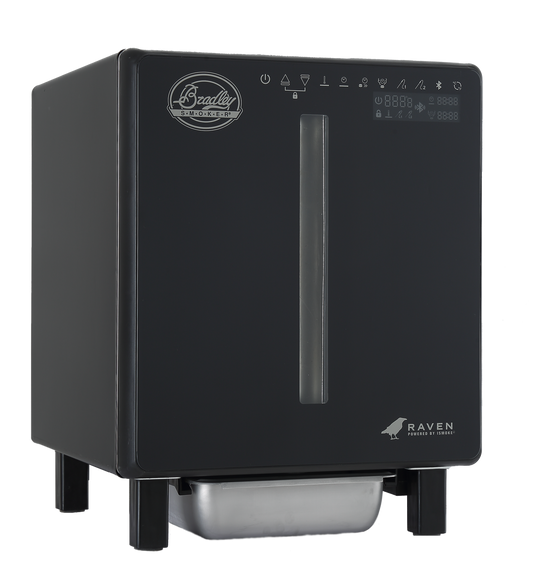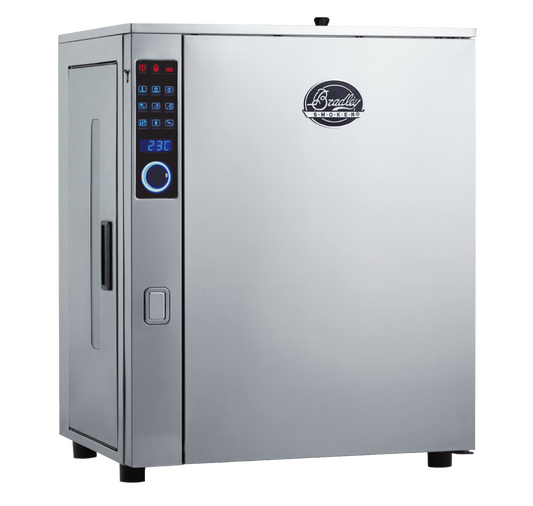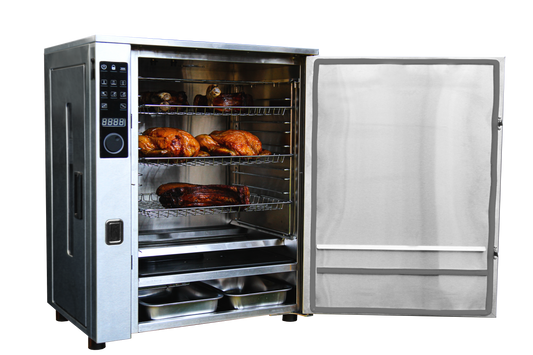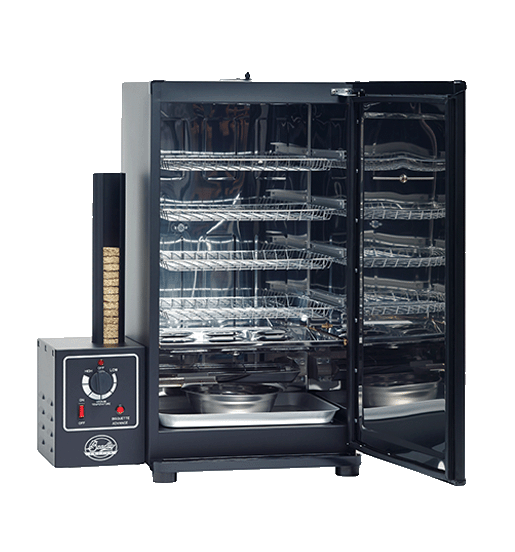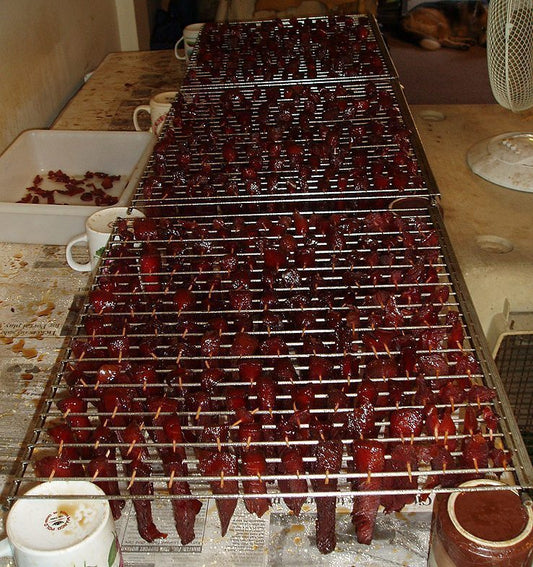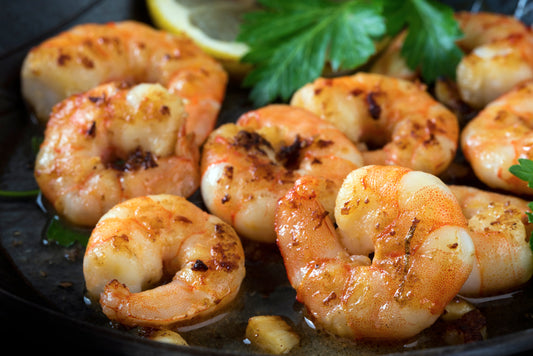
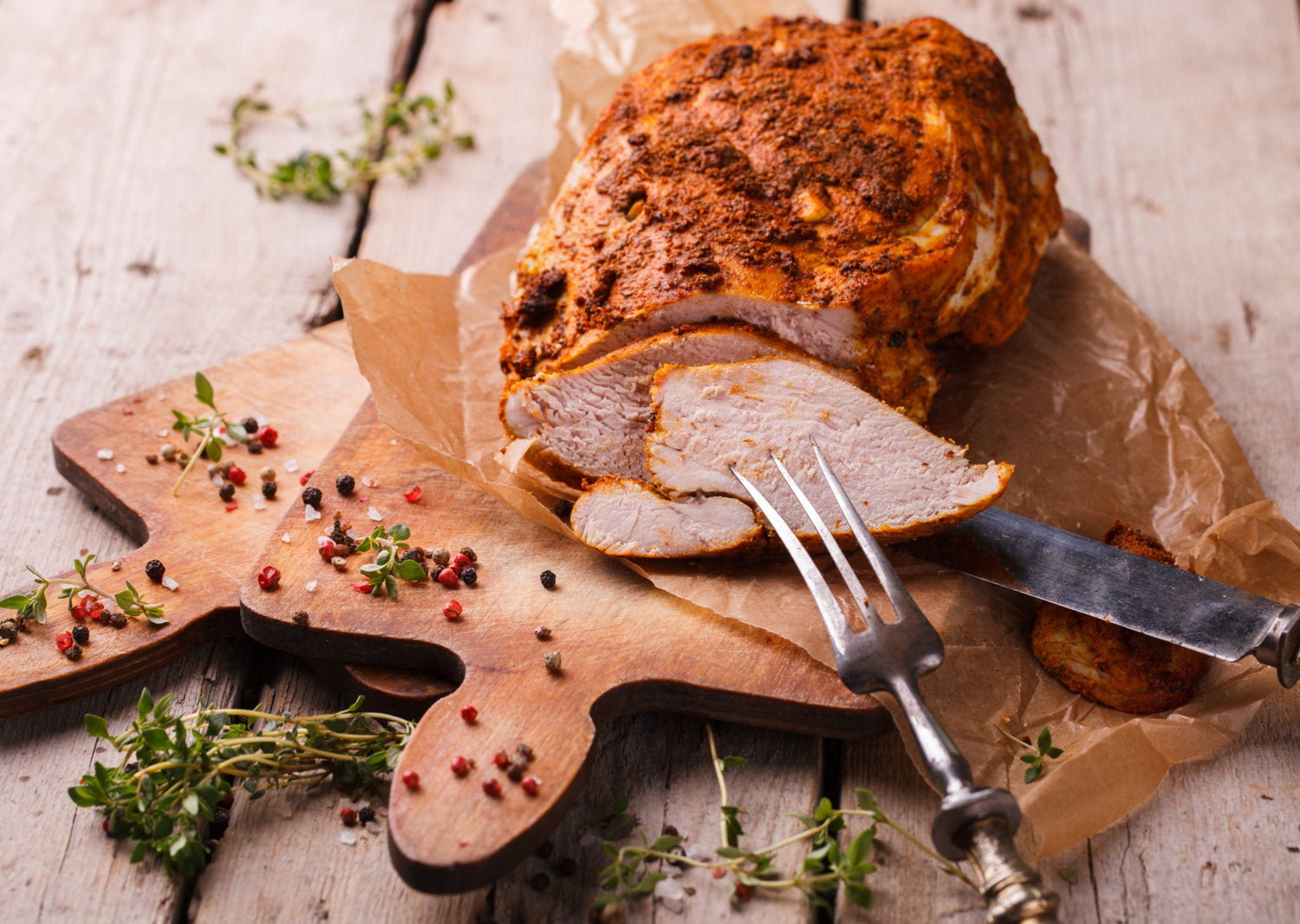
Smoked Turkey Pastrami Recipe Reworked
Ingredients
Turkey Pastrami:
(2) 1 ½ – 2 Pound boneless turkey breast halves; with skin; fresh or minimally processed
Brine:
1 Qt. water (divided)
½ Cup tightly-packed dark brown sugar
⅓ Cup + 2 tsp pickling salt (3.7oz.)
1 Tbsp black peppercorns
2 Tbsp juniper berries, bruised (crushed)
2 Tsp mustard seed
6 Cloves of garlic coarsely chopped
2 Bay leaves, crumbled
¼ Tsp, red pepper flakes
Makes enough to brine up to 2 whole turkey breasts or 4 half breasts.
Or use this recipe:
Wet Cure (pickle):
1 Qt. water (divided)
½ Cup tightly-packed dark brown sugar
¼ Cup + 1 tsp pickling salt (2.9oz)
1 Tbsp black peppercorns
2 Tbsp juniper berries, bruised (crushed).
2 Tsp mustard seed
6 Cloves of garlic coarsely chopped
2 Bay leaves, crumbled
¼ Tsp, red pepper flakes
4 Tsp cure #1 (pink salt) {.8oz., use less to cut down on the ham like flavor; note special instructions in brine section}
Makes enough to brine up to 2 whole turkey breasts or 4 half breasts.
Dry Rub:
This rub can be made a day ahead of time.
¼ – ⅓ Cup dark brown sugar
3 Tbsp toasted coriander seeds
3 Tbsp toasted black peppercorns
1 Tbsp mustard seeds
2 Tbsp sweet paprika (optional for color)
2 Tbsp granulated garlic
2 Tsp onion powder
2 Tbsp dried thyme leaves
¼ – 2 Tsp red pepper flakes
Makes enough rub to cover approximately four 2 pound turkey breasts halves.
Preparation
Brining Directions:
It is easy to purchase boneless turkey breast, but I’ve learned that by boning your own turkey breast you will find that they are much thicker than purchasing the boneless. So, for turkey pastrami, I like to purchase whole bone-in turkey breast, preferably without the back and wings, but in my area this time of year it is hard to fine. So I had to settle for one that had the back and rib section still attached.
Also I prefer turkey that has not been injected, but again that is also becoming difficult to locate this time of year. If you have to settle for a breast that has been injected, look for one that has been minimally processed (3% or less solution). I had to settle for one that had a 3% processed by weight. Sometimes you will find some poultry injected with water only. If you come upon one of these, it doesn’t matter what percentage it has been injected.
Prior to making the brine, you need to bruise (crush) the juniper berries. I place them in a cake pan and use the bottom of my stainless steel spice shaker to bruise/crush them. I place them in a cake pan so I don’t have to worry about the berries shooting across the cutting board and onto the floor.
Note: If you don’t have juniper berries, a substitute is to use gin. Some sources state to use any gin, others state to use only gin you would like to drink (if you like gin). The rate is 1 teaspoon of gin for every 2 berries. There are approximately 8 berries per teaspoon or about 24 berries per tablespoon. When substituting gin, after adding you should taste and adjust from there.
1 tsp of berries = 4 tsp of gi
1 tbsp of berries = 12 tsp of gin or ¼ cup
Pour one pint of water in a non-reactive 1.5 quart sauce pan, add bruised juniper berries and the rest of ingredients (NOTE: except cure #1 if you are using the cure recipe). Bring to a boil, stirring until all salt and sugar are dissolved. Reduce heat and let simmer for 5 minutes. Remove from heat, and add cold water or ice to bring the amount of brine to one quart (if you are using cure #1 add it after you have added the ice water and make sure to stir until it is fully dissolved). Place in refrigerator and let cool to at least 40°F (4.4C) before using the brine.
Tip: the volume and weight of water are equal; so the weight of 8 ounces of ice equals the volume of one cup of water.
While the brine is cooling, bone the turkey breast. I didn’t take pictures of boning the breast, but it is a simple process. There are plenty sites that have instructions and numerous videos on YouTube. Remove any excess fat from the boneless breasts. You may need to trim off some more skin also. If the breasts still have the tenderloins attached at this stage, you can leave them on. I like to take them off, because they generally comes loose during the brining process, during smoking, or when sliced.
You can use the carcass and back for turkey soup or stock. I like to further trim the back and carcass. This will still leave plenty of meat on the bones, but it also gives me enough turkey to make stir-fry for 4 – 8 people.
After the brine has cooled, place breasts in a non-reactive container and add the brine, making sure the breasts are fully covered. I usually use an eight quart Rubbermaid container. Since each batch of brine will only have half a breast, this time I will place each in a one gallon Ziploc freezer bag.Then place those bags in a container so that the bags can be held upright, and as protection from any leaks. Expelling all the air brings the brine above the meat, so you don’t have to weigh it down. Refrigerate for 48 hours. About every 12 hours reposition the breast and stir the brine.
After the brining has been completed, remove breasts from brine, and rinse well. Make sure you rinse off all spices that may be clinging to the meat. Some of the spices cling tight, so you will have to pick them off by hand. Blot dry with paper towels, removing as much moisture as you can. Next you can apply the rub.
I find there is no need to soak, but you may want to slice a small piece of each breast and pan fry to taste for saltiness. If they are too salty for your taste, you can place breast in a container, cover with cold water (at least 1 quart per pound) and let the meat soak for 30 minutes, turning meat over after 15 minutes. Remove from water; give breast a quick rinse, and blot dry with paper towels.
For the Dry Rub:
Combine coriander seeds and peppercorns, and toast them in a small dry skillet, being careful not to burn them (I generally will toast these spices separately).
Allow to cool, and then coarsely grind in a spice grinder or coffee grinder. I also grind these spices separately. Next, coarsely grind the mustard seeds (I don’t toast mustard seed, because they tend to pop out of the pan, and an adjustable hand grinder works best for these seeds). Pour ground spices into a bowl, add the remaining ingredients, and mix well. Paprika is optional, but adds to the finished color, and helps keep the spice mix from separating. As an extra “kick”, add up to 2 teaspoons of red pepper flakes to the rub mixture.
Generously apply the dry rub to all sides of the turkey breast. You may have to remix the rub as you work. This rub tends to separate. When applying the rub, work it into the meat by pressing it in with the palms of your hands, especially on the skin side. If you plan on skinless turkey pastrami, I recommend you keep the skin on while smoking/cooking, but you will need to apply the rub underneath the skin.
Place uncovered on a raised rack (you can invert your Bradley trays for this) in the refrigerator and allow breast to air dry overnight. Placing the rub on, prior to air drying, helps the rub stick better. The overnight air drying also help the brining process, by giving the brine time to equally distribute throughout the breasts.
Remove turkey breast from the refrigerator. They will feel moist, but that is alright. Let rest at room temperature for 1 to 2 hours. Place turkey breast on a smoking tray skin side up. Because the tapered end of the breast is thinner, I fold that under to give each beast a more uniform thickness and the whole piece cooks more evenly. You may have to sprinkle on a little more rub after handling the breasts.
Place in a preheated Bradley Smoker, at 200°F (93.3C). Apply 2 hours of smoke. I used 2 hours of apple. Additional smoke can be used, but I found two hours of apple is sufficient. If you want additional smoke, I suggest another hour of apple, or start with one hour of pecan and finish off with two hours of apple. After the smoke has been applied, raise the temperature to 225°F (107.2C). If you want, you can rotate the trays at this time. Cook until the internal temperature reaches 150°F – 152°F (65-67C) in the thickest area. Once you raise the temperature, keep an eye on it. After two hours at 200°F, the internal temperatures of the breasts were 140°F (60C) and 142°F (62C).
Remove from smoker, and loosely tent with aluminum foil, and allow to rest. When cool enough to handle, wrap in plastic, and refrigerate skin side up. If you are going skinless remove the skin prior to refrigerating. Allow to age at least 2 days. It gains flavor over time. Adding a layer of foil over the plastic will help keep the plastic tight against the meat, and prevent the refrigerator from smelling like pastrami.
After aging for two days, it is now time to reward myself. Unwrap the turkey pastrami and thinly slice on the bias widthwise. Turkey pastrami can be used the same way you use beef pastrami. When ready to eat, slice thin like deli meat with the grain, and serve either cold or warm.
Apple
Wood
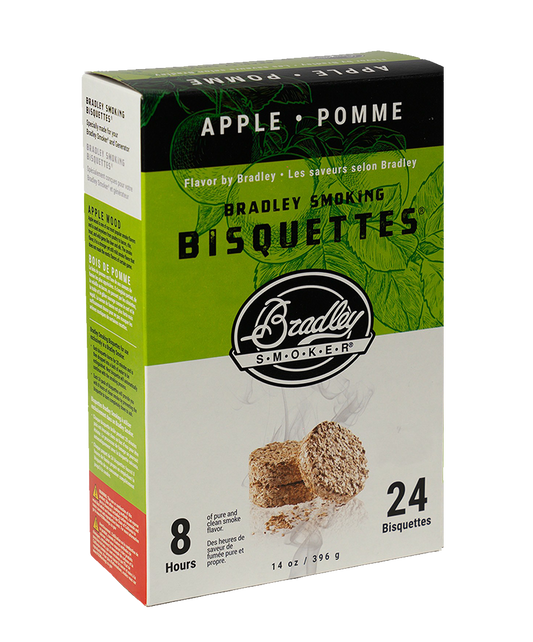
A light, fruity and slightly sweet smoke aroma that pairs with poultry, beef, pork, lamb, and cheese.
Shop Now

